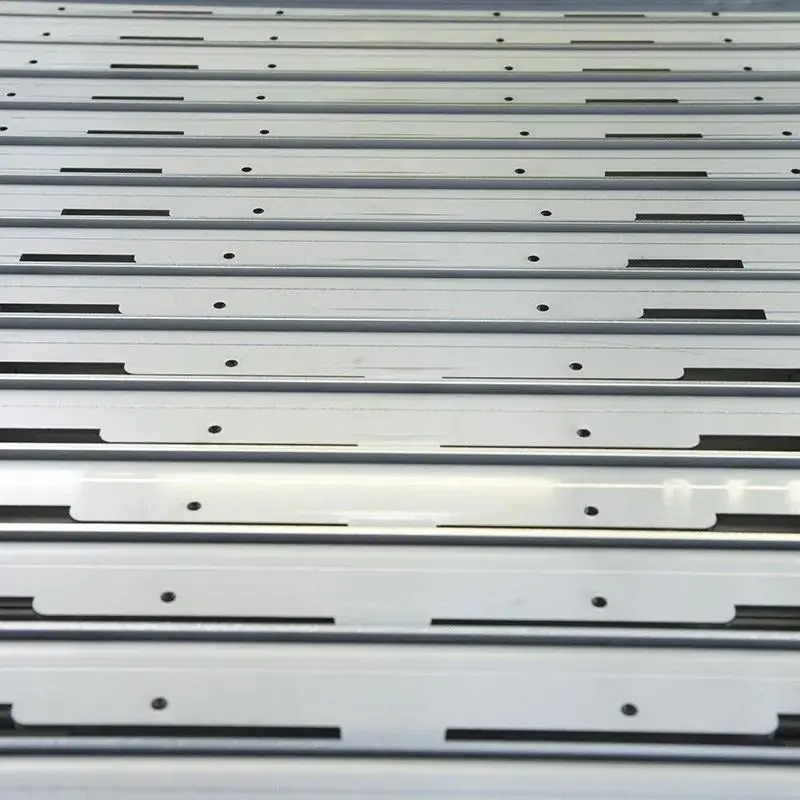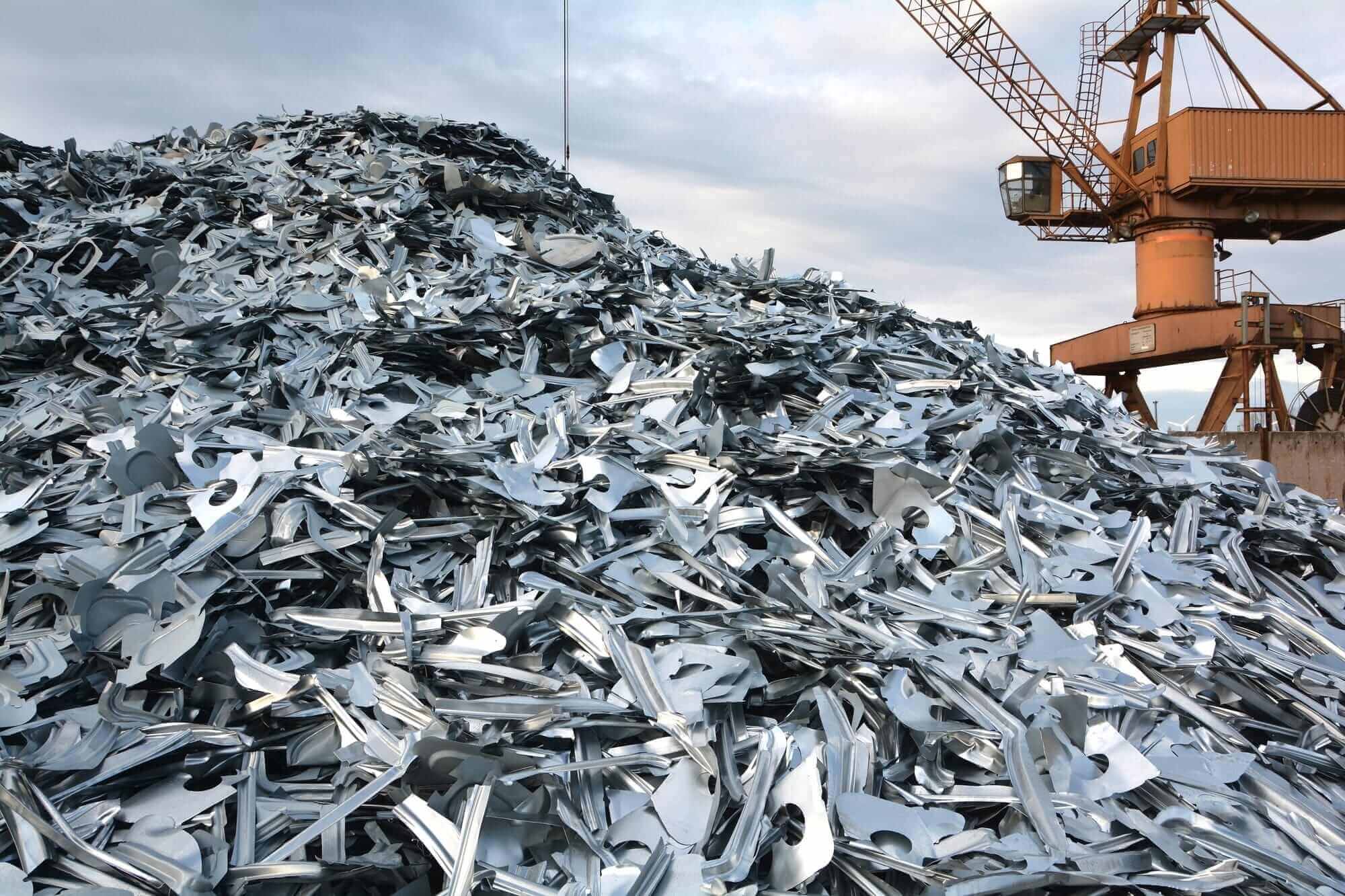Stainless steel is a sustainable material with important characteristics that can be used in various sectors and applications. Invented in the 19th century by the British metallurgical engineer Harry Brearley, stainless steel is composed mainly of iron, carbon and chromium, which can be combined with other alloys to increase its strength and expand its possible uses.
A material that does not oxidise and, above all, respects the environment. In what way can stainless steel be considered sustainable? What are its advantages – in terms of eco-sustainability – and how is it recycled? In this article we will answer all these questions.
Why stainless steel is sustainable?
Stainless steel is an easy-to-work material with a number of characteristics that help make it a sustainable metal:
- resists to high temperatures and temperature fluctuations;
- it does not get damaged easily;
- it needs little maintenance;
- it is durable;
- it does not corrode.
Thanks to these special features, stainless steel is able to extend its life cycle and, unlike other materials, does not need to be replaced before its time. A considerable advantage because, by choosing stainless steel, you contribute to the reduction of waste and its disposal.
Not only that. Stainless steel has a low environmental impact: once produced, it causes no more polluting emissions and no more disposal and regeneration problems.
Choosing, therefore, stainless steel for your production allows you to make excellent, easy-to-clean and long-lasting products that respect the planet. Because of its many characteristics, it is used in numerous sectors, from food to medical.

Recycling steel: a permanent material that can be reused
Stainless steel is a long-lasting material; one of the strongest and most durable in the world. This is due to the high percentage of chromium contained in its composition which, in contact with oxygen, creates a transparent film that increases the ability of this metal to resist wear, time and oxidation.
Obviously, it is difficult to quantify the exact durability of stainless steel with a precise figure (even if we are talking about decades), because a lot depends on how it is used, the type of stainless steel chosen and any maintenance. What can be said with certainty, however, is that stainless steel is a durable and circular material, whose components always retain their original properties and are suitable to almost infinite reuse and regeneration.
As defined by the cultural organisation Fondazione Promozione Acciaio, stainless steel ‘is a permanent, 100% recyclable material for multiple cycles without loss of properties’, i.e. a durable metal that, unlike many others, ‘can be remelted over and over again without ever losing any of its intrinsic properties such as strength, ductility, formability, which make it irreplaceable in multiple applications’. All the metal bonds in the material’s recycling stages are restored during the resolidification process, maintaining its qualities.
Thus, at the end of their life cycle, items made of stainless steel can be dismantled, recovered or added to any scrap, to be recycled and live a new life in form of sheets, bars, tubes and other products.
Steel recycling and disposal
As we have seen, stainless steel can be recycled numerous times, without ever losing its properties. Recycling of the industrial material, as Confindustria points out in its Circular Economy magazine, is easy to be done.
Once its life cycle is over, steel is taken to the foundry where the scrap is cleaned and melted to take on a new function. From recycled steel, in fact, semi-finished products can be obtained that are useful for making, for example, vehicle components, machinery, household appliances and building materials.
This virtuous cycle brings numerous benefits to the planet also because the continuous recycling of steel avoids the use of new raw material. Just think that in Italy in the year 2021 as many as 450 thousand tonnes of raw material were saved, 6,625 TJ of primary energy and as many as 539 tonnes of CO2 were avoided. All data confirmed by Ricrea (National Consortium for Recycling and Recovery of Steel Packaging) reports.
Moreover, if we consider all steel – not only stainless steel -, as far as recycling is concerned, Italy is certainly one of the most virtuous European countries. According to data released by Ricrea, the percentage of recycled steel in Italy reaches a good 82%, thus exceeding the target set by the European Commission of 70% of steel in urban waste and 80% in packaging by 2030. This unlimited recycling leads not only to savings in raw materials and energy, but also to an important reduction of waste otherwise destined to dump.
Respecting the planet is also a priority for us. That is why, at Metal’s, we have chosen to process a highly sustainable material, using hybrid, energy-saving, low environmental impact plants, which allow us to optimise production, reduce consumption by maintaining the quality of our work.
Want to know more?
Choose stainless steel for your production: discover all the advantages of this material: rely on Metal’s to realise your projects.

